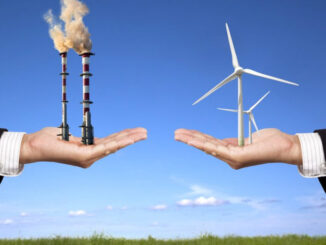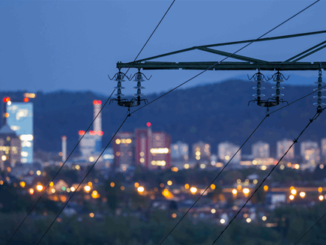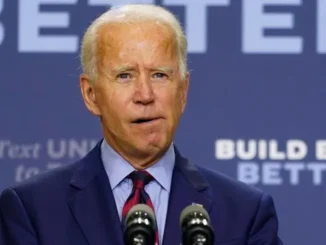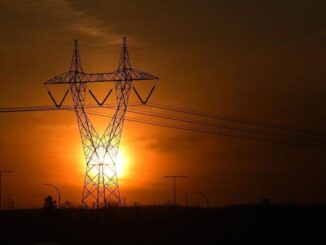
On a visit to the site of the Fukushima nuclear plant meltdown in Japan in February, Representative Alexandria Ocasio-Cortez of New York did something refreshing: She discussed radiation exposure and nuclear waste without fanning fear. The radiation she got from her visit — about two chest X-rays’ worth — was worth the education she received on the tour, she told her 8.6 million Instagram followers. She then spoke admiringly of France, which, she said, “recycles their waste, increasing the efficiency of their system and reducing the overall amount of radioactive waste to deal with.”
Progressive lawmakers, along with environmental groups like the Sierra Club and Natural Resources Defense Council, have historically been against nuclear power — often focusing on the danger, longevity and storage requirements of the radioactive waste. During the 2020 presidential campaign, Senator Bernie Sanders of Vermont said, “It doesn’t make a whole lot of sense to me to add more dangerous waste to this country and to the world when we don’t know how to get rid of what we have right now.” Senator Elizabeth Warren of Massachusetts echoed these concerns and pledged not to build any new nuclear plants if elected president.
So it’s no surprise that many Americans believe nuclear waste poses an enormous and terrifying threat. But after talking to engineers, radiation specialists and waste managers, I’ve come to see this misunderstanding is holding us back from embracing a powerful, clean energy source we need to tackle climate change. We must stop seeing nuclear waste as a dangerous problem and instead recognize it as a safe byproduct of carbon-free power.
Why is nuclear so important for reducing carbon emissions? The countries that have cleaned up their electricity production the fastest have generally done so with hydroelectric power, nuclear, or a combination of the two. The distinct advantage of nuclear is that it requires little land and can reliably produce lots of power regardless of weather, time of day or season. Unlike wind and solar, it can substitute directly for fossil fuels without backup or storage. The International Energy Agency believes it’s so crucial that global nuclear capacity must double by 2050 to reach net-zero emissions targets.
For this reason some U.S. investors, policymakers and even the movie director Oliver Stone are calling for greatly expanding our nuclear capabilities. The Inflation Reduction Act is now rolling out credits for the 54 plants currently in operation and incentives for new ones worth tens of billions of dollars. States across the country are overturning decades-old bans on nuclear construction and exploring investment opportunities. A demonstration project in Wyoming is underway to replace a retiring coal plant with a nuclear reactor.
There are many legitimate questions about the future of nuclear — How will we finance new plants? Can we build them on-time and under-budget? — but “what about the waste?” should not be one of them.
One of our few cultural references to nuclear waste is “The Simpsons,” where it appeared as a glowing green liquid stored in leaky oil drums. In reality, nuclear fuel is made up of shiny metal tubes containing small pellets of uranium oxide. These tubes are gathered into bundles and loaded into the reactor. After five years of making energy, the bundles come out, containing radioactive particles left over from the energy-making reactions.
The bundles cool off in a pool of water for another five to 10 years or so. After that, they are placed in steel and concrete containers for storage at the plant. These casks are designed to last 100 years and to withstand nearly anything — hurricanes, severe floods, extreme temperatures, even missile attacks.
To date, there have been no deaths, injuries or serious environmental releases of nuclear waste in casks anywhere. And the waste can be transferred to another cask, extending storage one century at a time.



























